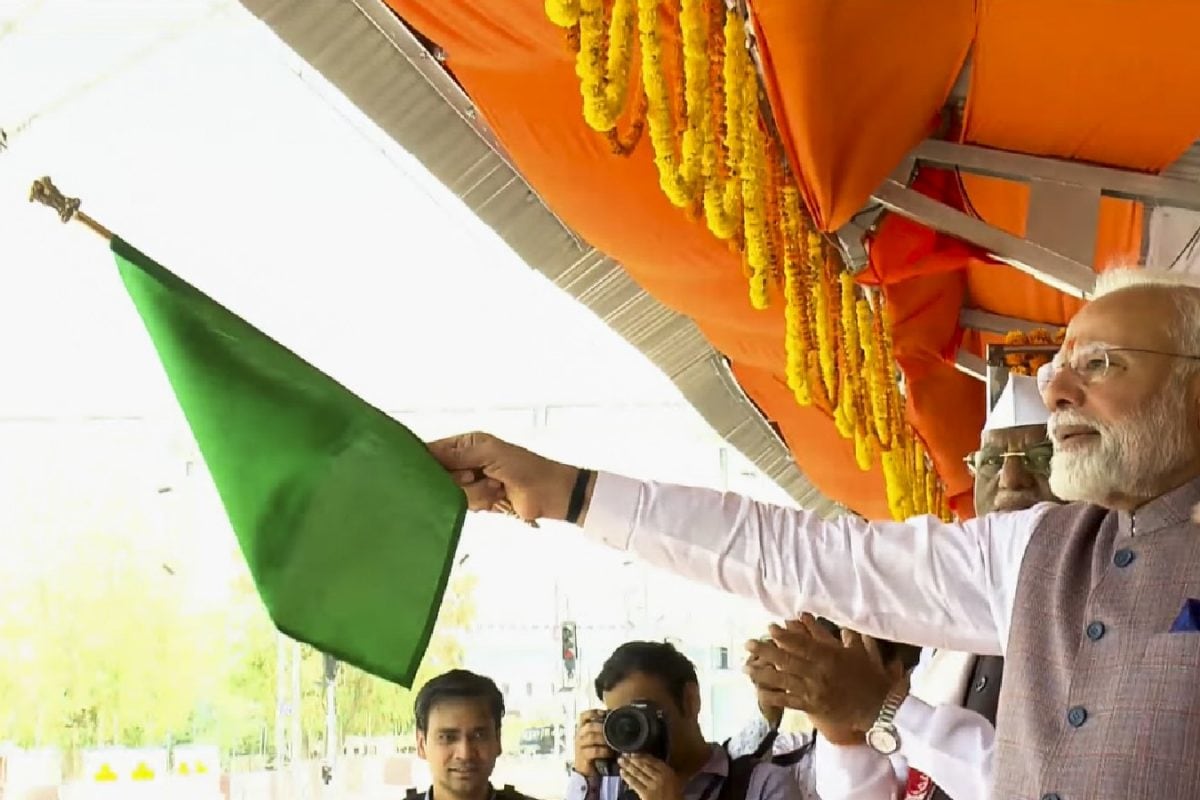

The Modi government has recently approved two significant railway projects aimed at boosting connectivity and streamlining freight movement across several states. The Cabinet Committee on Economic Affairs (CCEA), chaired by Prime Minister Narendra Modi, greenlit these multi-tracking projects with a total estimated cost of ₹6,405 crore. These projects, aligned with the PM Gati Shakti National Master Plan, are set to benefit approximately 2.8 million people across seven districts in Jharkhand, Karnataka, and Andhra Pradesh.
One of the key projects involves the doubling of the Koderma–Barkakana railway line, spanning 133 km through Jharkhand. This route is crucial as it passes through a major coal-producing region and serves as the shortest and most efficient rail link between Patna and Ranchi. The second project focuses on doubling the Ballari–Chikjajur line, extending 185 km across the Ballari and Chitradurga districts of Karnataka and the Anantapur district of Andhra Pradesh.
Collectively, these projects will add approximately 318 km to the existing Indian Railways network, significantly enhancing line capacity and operational efficiency. The increased capacity is expected to handle an additional freight traffic of 49 million tonnes per annum (MTPA). This augmentation will not only improve mobility but also enhance service reliability for both freight and passenger trains.
The government anticipates that these multi-tracking initiatives will decongest saturated sections, streamline railway operations, and facilitate smoother movement of goods and people. By improving connectivity to approximately 1,408 villages, the projects are poised to stimulate economic activities and provide seamless connectivity for the movement of people, goods, and services.
Furthermore, these projects are in line with India's climate goals. By promoting railways as an environmentally friendly and energy-efficient mode of transportation, the initiatives are expected to reduce oil imports by 52 crore litres and lower CO2 emissions by 264 crore kg, which is equivalent to planting 11 crore trees.
The implementation of these projects is expected to generate direct employment for about 108 lakh human-days during the construction phase. The government has emphasized that these projects are part of a larger vision to make the region "Atmanirbhar" through comprehensive development and enhanced employment opportunities.
These railway infrastructure enhancements are a result of integrated planning under the PM Gati Shakti National Master Plan, which aims to bring together various ministries for coordinated implementation of infrastructure connectivity projects. By improving logistics and reducing transportation costs, the projects are expected to boost economic productivity and enhance service delivery, contributing to a "New India".